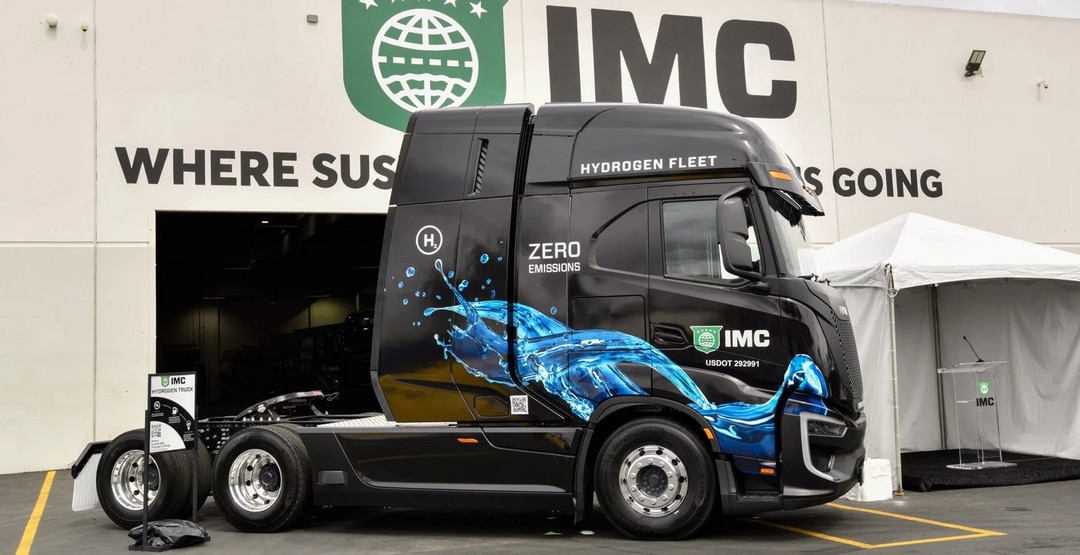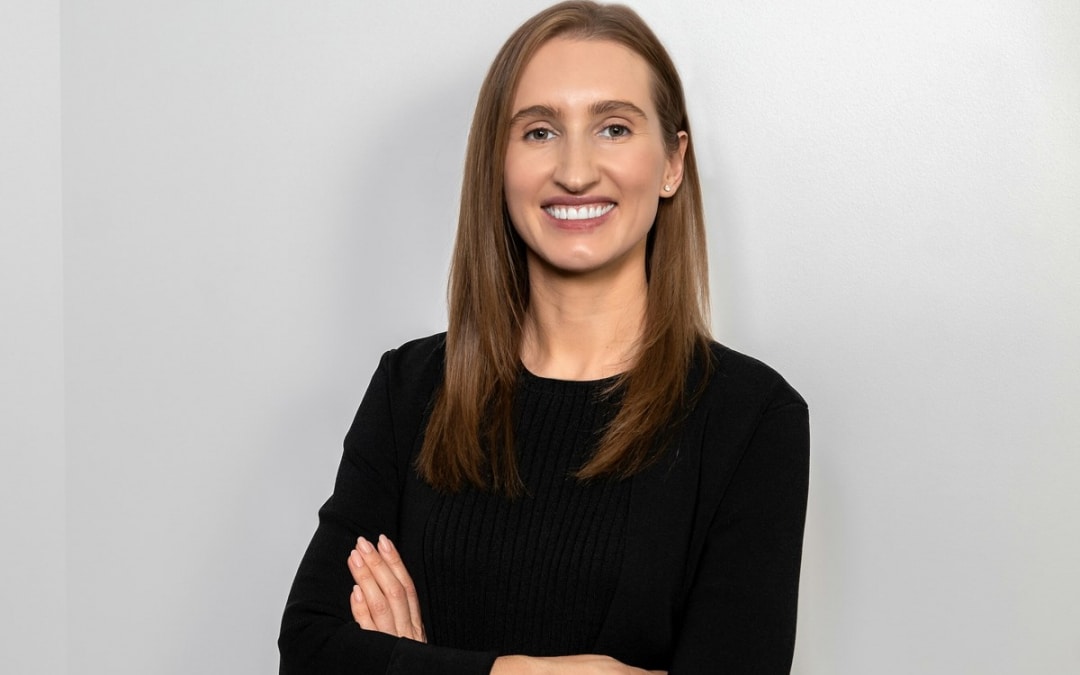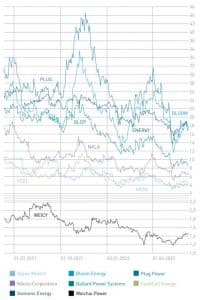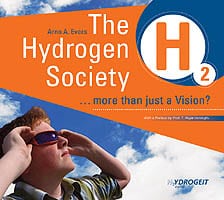
Nikola Motors – Outlook speaks for the company
The press conference in February 2024 on the fourth quarter results and the entire year 2023 and, above all, the outlook for the current fiscal year support my very optimistic assessment of this start-up. Of the 42 built Tre FCEVs, 35 were delivered in the fourth quarter. Seven are currently being tested by fleet operators. The battery-electric trucks, Tre EVs, after the problems with the batteries and their replacement in the course of the year, will return to their buyers by the end of the second quarter.
Nikola can immediately sell every built Tre FCEV, because the demand is there, but there are now not yet enough parts from suppliers. In 2024, 300 to 350 are to be sold. Strong is the position with the coupons called (California) HVIP vouchers, from which Nikola can sell almost all (99 percent, 355 out of 360) for hydrogen-powered vehicles. We’re talking about up to 408,000 USD subsidization per FC truck. With the BEVs, there were 95 vouchers by the end of January 2024.
Focusing on California and Canada in the initial phase is smart in view of the support programs there. In parallel, Nikola is working via its subsidiary HYLA on important locations (including port facilities in California such as LA or in Orlando, Florida) to initially supply the necessary hydrogen with the help of mobile H2 refueling stations (significantly less regulatory work than with fixed locations), to then set up fixed H2 refueling stations depending on experience and demand.
On top of that is the partnership with FirstElement Fuel, a company that already operates locations at important hubs (ports such as Orlando) and supplies 100 to 200 trucks per day with the necessary hydrogen there. Sufficient hydrogen is available in any case, according to a take from the press conference. That already includes the Tre FCEVs to be delivered and their H2 requirements. Currently in development are nine locations of their own HYLA program in addition to those of FirstElement Fuel. Altogether, over 60 H2 refueling stations will emerge there in the future.
All important positions filled – with top talent
The CFO position has now also been filled: Thomas B. Okray is the new chief financial officer. He can boast an impressive CV: Okray was CFO at companies like Eaton, but also in a leading position in the logistics division (fulfillment) at Amazon and 14 years in top positions at GM – also as CFO.
With Jonathan Pertchik, Nikola is bringing in a managing director that already been successful as CEO at TravelCenters of America. The company was acquired by BP and is one of the largest truck stop operators in the USA. Here someday, hydrogen refueling stations from Nikola could be positioned – comparable to Pilot Flying J – if it came to a cooperation (an idea).
Ole Höfelmann will be, via the subsidiary HYLA, president of Nikola Energy. Before, he was responsible for the company’s global infrastructure activities. In his career, he has held numerous management positions for 30 years at Air Liquide, among other things as CEO of Air Liquide Spain with 3,000 employees. In addition, he worked at Plug Power as head of the electrolysis division. Furthermore, he is a board member of various associations such as the California Fuel Cell Partnership.
Carla Tully completes the executive board. She has held leadership positions in Fortune 150 companies, among other things as co-founder of Earthrise Energy (over 1.5 GW of renewable energy), was on the board of the Citizens for Responsible Energy Solutions Forum and in management positions at MAP Energy (2.4 billion USD market cap) and AES Corp. Nikola can thus draw on extensive expertise in the areas of M&A, private equity and CSR. Therefore, Nikola is optimally equipped for the future in all leadership positions.
Truck in use – Customers very satisfied
Several customer reports on long-distance journeys with hydrogen-powered trucks are very positive: Coyote Container drove from the Port of Oakland to Long Beach, then to Iowa and Ontario and back to the Port of Portland – 866 miles (1,393 km) on just one tank of H2. MTA Trucks drove 519 km (322 mi) from Edmonton to Calgary and back. The tank was still 40 percent full at the end of the route – at minus ten degrees Celsius. Other examples refer to trips of over 1,000 miles in one day with a full load.
Special potential with the Badger?
Yes, you read correctly: In 2023, Ember acquired the market rights (IP, design) and prototype for this strong-looking SUV named Badger from Nikola. Nikola sold these items as part of an equity swap (exchange via contribution in kind) to Ember and received 30 percent of the company in return. No capital will flow from Nikola, as it is concentrating on the e-truck. Certain is that the Badger, as an FC/battery SUV, could give serious competition to the Cybertruck of Tesla, should it come onto the market in time. Whether Ember and other OEMs and partners will actually implement this project is, however, still unclear.
Psychologically, however, it is a strong sign that Nikola is indirectly in the boat here. It will be interesting to see. Because the Badger once served as the basis for a cooperation with GM and resulted in a two-digit billion valuation of Nikola Motors at the stock exchange. There were 6,000 pre-orders at the time. Just think of it as a nice side topic, but it could be very exciting when things get concrete here and well-known names such as Magna, Dana, GM and many others pick up the ball. Consider this: The design of such a car too, which you already have, also costs a lot of capital – not to mention that the start of production requires a lot of capital, even if there are companies (OEMs) that could ramp up existing production capacities very quickly. Then, the Badger would be on the market in just a few years. Anything is conceivable.
Summary
With over 460 million USD in free capital (unrestricted cash), the company is initially well positioned. Cost-cutting measures, optimization and normal scaling effects in production (the more trucks are built and sold, the lower the unit price and the closer the break-even point becomes) will characterize the year as a whole, where the capital use on a quarterly basis is to noticeably sink. And 400 to 450 trucks of both types are the initial sales target for 2024, with expected turnover at 150 to 170 million USD. It should be noted, however, that order intake could end up significantly higher, even if it doesn’t affect turnover until 2025.
Nikola is still in the start-up phase. Theoretically, 2,400 trucks per year could already be produced if all supplier parts were available. As far as the share price is concerned, CEO Stephen Girsky repeated himself, Solomon-like, when he said – to the effect – that the stock market itself will be the best judge if the forecasts made come true. Bound to that is my expectation that we will soon see prices of over 1 USD (or significantly more) again when what is forecasted happens. A reverse split (share consolidation) as a measure to raise the share price over 1 USD is then naturally superfluous. (With a price of under 1 USD, it can theoretically come to a delisting of the NASDAQ on July 7 after a 180-day period that however can be extended.)
The price behavior of the share at this time will still be dominated by short sellers and naked short sellers that massively bet against the company and the share price. Mid-February, 217.6 million shares were sold short. This short interest could with good news lead to short covering (in the extreme case to a squeeze) – is my personal view, and only that.
On the other side, institutional investors like Norges Bank (who holds 10.25 percent in Nikola), Blackrock, Vanguard and others are buying, which can be seen as a good sign and should. Against the company founder Trevor Milton Nikola has already won in court, and it is now working on an enforcement title. After all, it entails 165 million USD. Milton still holds over 51 million shares, which could possibly be collected as a partial payment – no guarantees.
The share price is now being driven primarily by incoming orders for e-trucks. Out of the current test series with fleet operators could result – is my expectation – also many a large order.
Nikola is to be seen as a start-up. This is a new, disruptive market at the beginning of a long-term trend. Until the transition to the profit zone (2025/26), a lot of capital still needs to be invested (logical losses), but the stock exchange will gladly make it available if the forecasts come true and anticipate it in the share price development. The investment bank Baird recently announced a target price of 2 USD. Other investment banks may follow. The volatility of the share will remain very high. Daily fluctuations of five or even more than ten percent are normal. Not for investors with weak nerves.
Disclaimer
Each investor must always be aware of their own risk when investing in shares and should consider a sensible risk diversification. The FC companies and shares mentioned here are small and mid cap, i.e. they are not standard stocks and their volatility is also much higher. This report is not meant to be viewed as purchase recommendations, and the author holds no liability for your actions. All information is based on publicly available sources and, as far as assessment is concerned, represents exclusively the personal opinion of the author, who focuses on medium- and long-term valuation and not on short-term profit. The author may be in possession of the shares presented here.
Author: Sven Jösting, written March 15th, 2024






